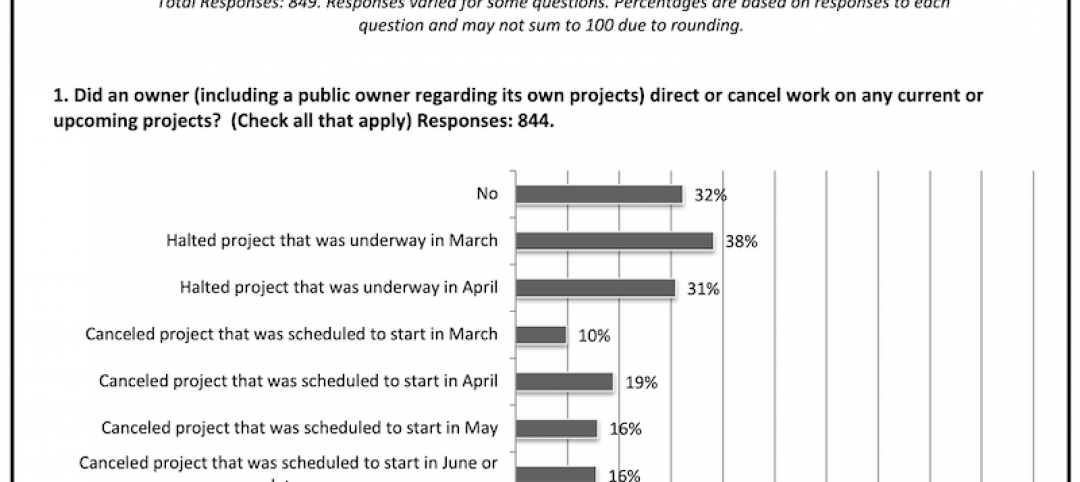Goettsch Partners, the 100-member U.S. design firm headquartered in Chicago, recently informed the world that its Shanghai office of has been hired (with UK firm Benoy) by a developer in China to design a massive project that will entail five commercial towers totaling 450,000 sm in Shenzhen’s Qianhai district—the firm’s largest project to date in China.
The project covers 6.18 hectares and includes five commercial towers totaling 450,000 sm. The overall development totals 503,000 sm and includes three office towers, a five-star hotel tower, an apartment tower, shopping mall, and retail stores. GP is designing all of the towers, as well as the hotel and apartment podiums and their affiliated program spaces. Goettsch’s partner, Benoy, developed the master plan and is designing the shopping mall and retail areas.
Over the last decade, U.S. architecture and engineering firms like Goettsch—firms like Arup, FXFOWLE, Perkins Eastman, Kohn Pedersen Fox, SOM, and others—that have been doing work in the Middle Kingdom have been on a wondrous ride. They’ve enjoyed prestigious, presumably lucrative commissions; the opportunity to do spectacular, innovative buildings that would have a slim chance of being built in the U.S.; even the chance to plan whole cities of the future. A designer’s dream come true.
But I keep asking myself (and, full disclosure, I’ve never been to China—never west of San Francisco, in fact), will Western designers wake up one day to find that China’s state-controlled development entities no longer need their services? When will China have the native expertise to pull off projects like these? They’ve put men in space. They’ve created the second-largest economy in the world. What’s to stop them from pulling the plug once they have the technical know-how? When will the dream end?
I raise this specter having recently read The Man Who Loved China, a splendid book by Simon Winchester. The man in question was Joseph Needham (1900-1995), an English scientist and self-taught Sinologist and historian who, starting in 1943, set out to prove that China, far from being a backwater, was, in fact, a nation of incomparable scientific and cultural genius.
Needham’s quest led to the publication of Science and Civilisation in China, now at 27 volumes. Other researchers are still adding to the opus, based on Needham’s research.
The list of China’s firsts that Needham uncovered could go on forever. Papermaking (300 BC). The formula for gunpowder (9th century AD). The magnetic compass (1088). The first printed book, the Diamond Sutra (868 AD), six centuries before Gutenberg and Caxton. Movable type (11th century AD). The wheelbarrow. The umbrella. The kite, calipers, the sternpost rudder. Chess, porcelain, perfumed toilet paper (for royalty only). All were invented in China decades, even centuries, before they were “invented” by Westerners.
Not convinced? Let’s continue. The first plowshare made of malleable iron. Smallpox inoculation (quelle domage, Monsieur Pasteur). Chains, chain drives, chain suspension bridges. The segmented arch bridge. Breast-strap harnesses for horses (Europeans would use neck ropes to guide their charges for another thousand years). Stirrups, a small device that made riding long distances much more comfortable. The square-pallet chain pump, invented in Christ’s time and still used to irrigate Chinese farms today, it is so efficient.
Can a nation of 1.366 billion allow itself to remain dependent on foreign design and construction expertise? Some committee in Beijing must be pondering that very question.
For the immediate future, there will be plenty of work in China for Western firms. A quarter-billion Chinese will move from farms to cities in the next decade or so. Western firms will be there to design and construct the housing, offices, factories, roads, and whole new cities they’ll need.
China won’t be banging the door shut anytime soon. But remember the words of Emperor Qianlong to England’s Lord Macartney, in 1792: “We possess all things ... I have no use for your country’s manufactures.”
More from Author
Rob Cassidy | Mar 30, 2020
Your turn: Has COVID-19 spelled the death knell for open-plan offices?
COVID-19 has designers worrying if open-plan offices are safe for workers.
Rob Cassidy | Mar 25, 2020
Coronavirus pandemic's impact on U.S. construction, notably the multifamily sector - 04-30-20 update
Coronavirus pandemic's impact on U.S. construction, notably the multifamily sector - 04-30-20 update
Rob Cassidy | Nov 20, 2019
Word of the Year: "climate emergency," says the Oxford English Dictionary
The Oxford Word of the Year 2019 is climate emergency.
Rob Cassidy | Nov 8, 2019
The Peloton Wars, Part III - More alternatives for apartment building owners
ProForm Studio Bike Pro review.
Rob Cassidy | Nov 1, 2019
Do car-free downtown zones work? Oslo, yes; Chicago, no
Two recent reports (October 2019) explore whether car-free downtowns really work, based on experience in Oslo, Norway, and Chicago.
Rob Cassidy | Oct 9, 2019
Multifamily developers vs. Peloton: Round 2... Fight!
Readers and experts offer alternatives to Peloton bicycles for their apartment and condo projects.
Rob Cassidy | Sep 4, 2019
Peloton to multifamily communities: Drop dead
Peloton will no longer sell its bikes to apartment communities.















